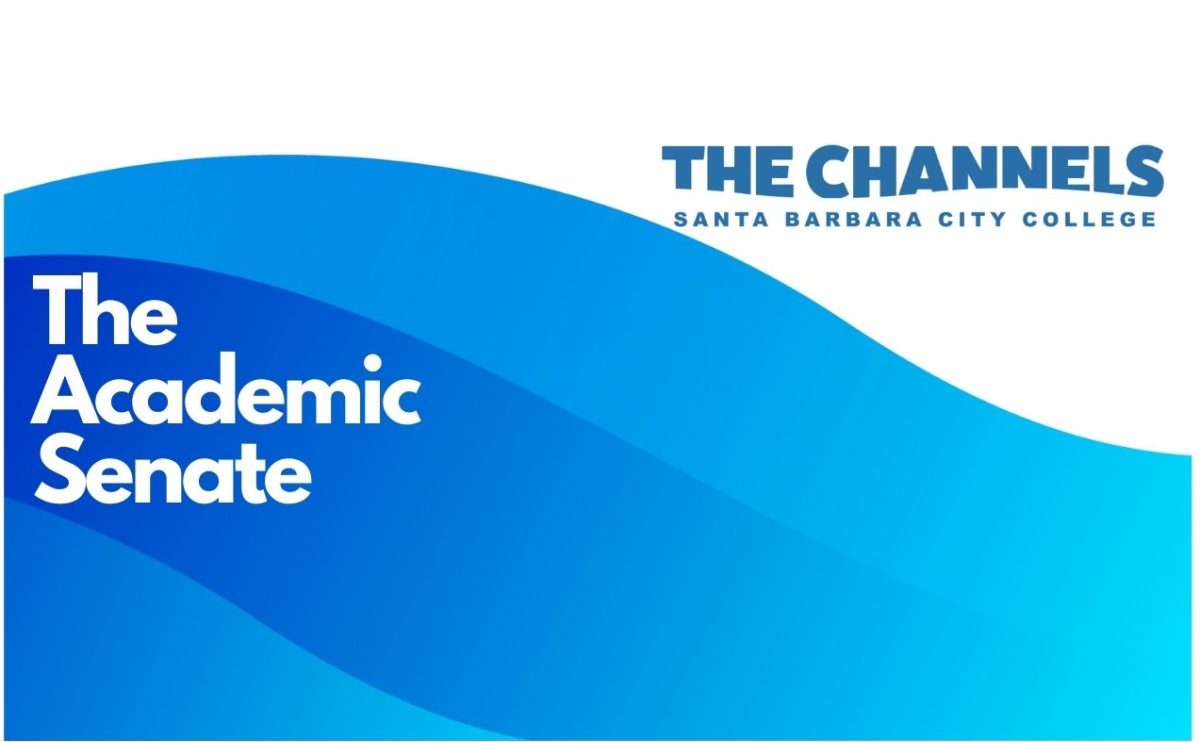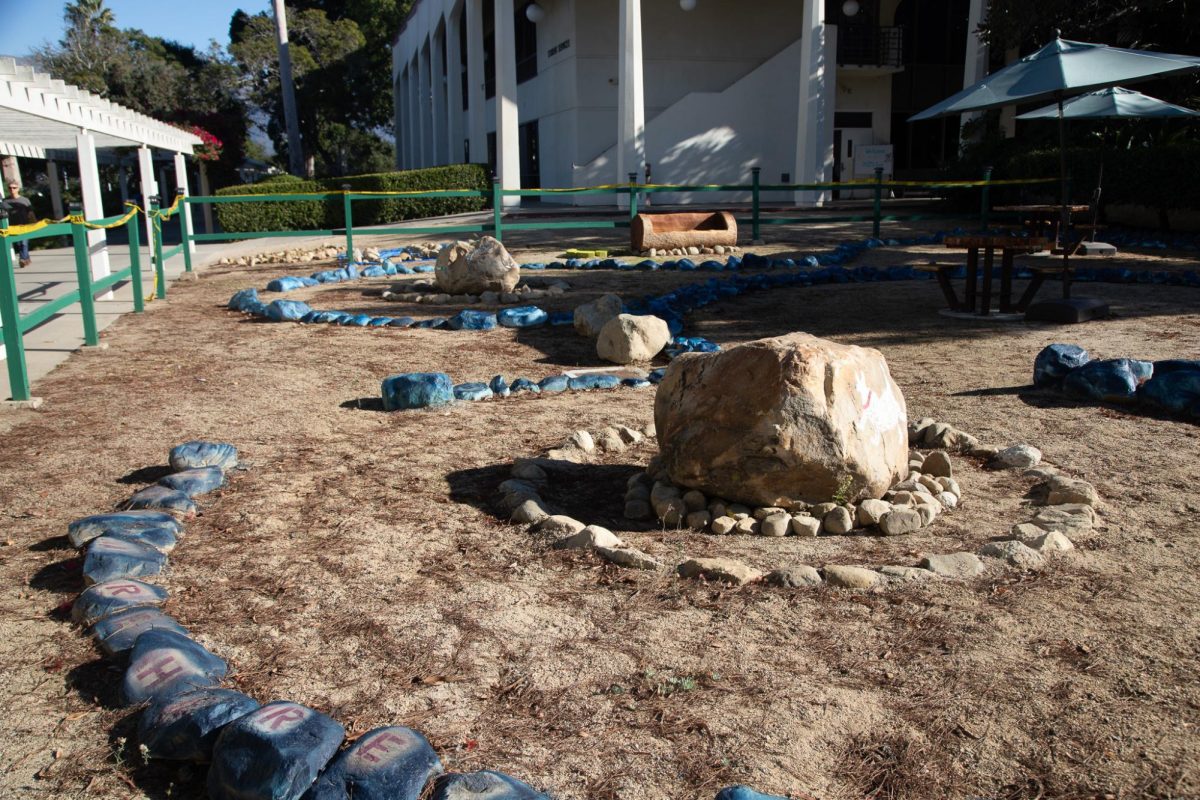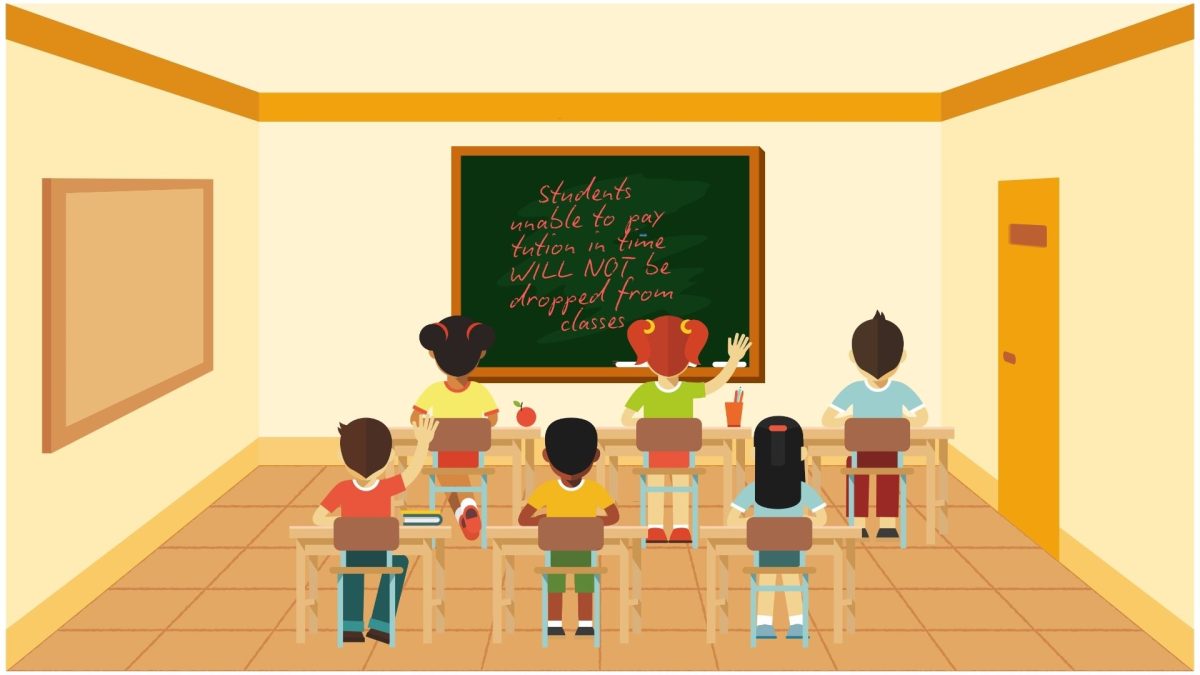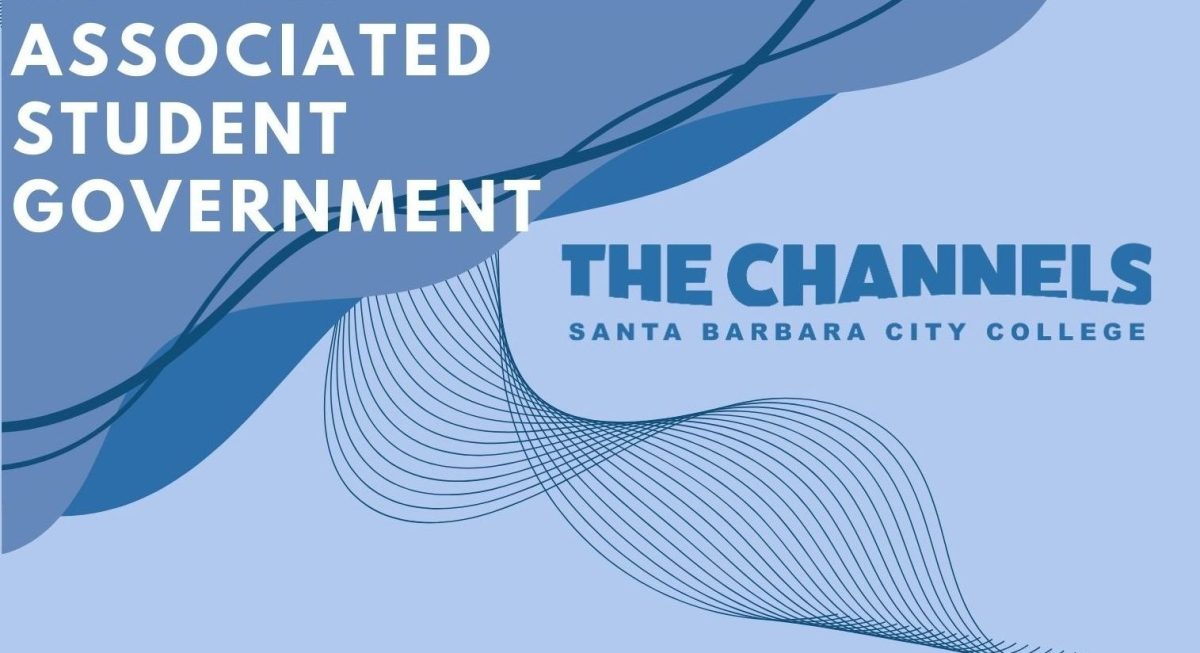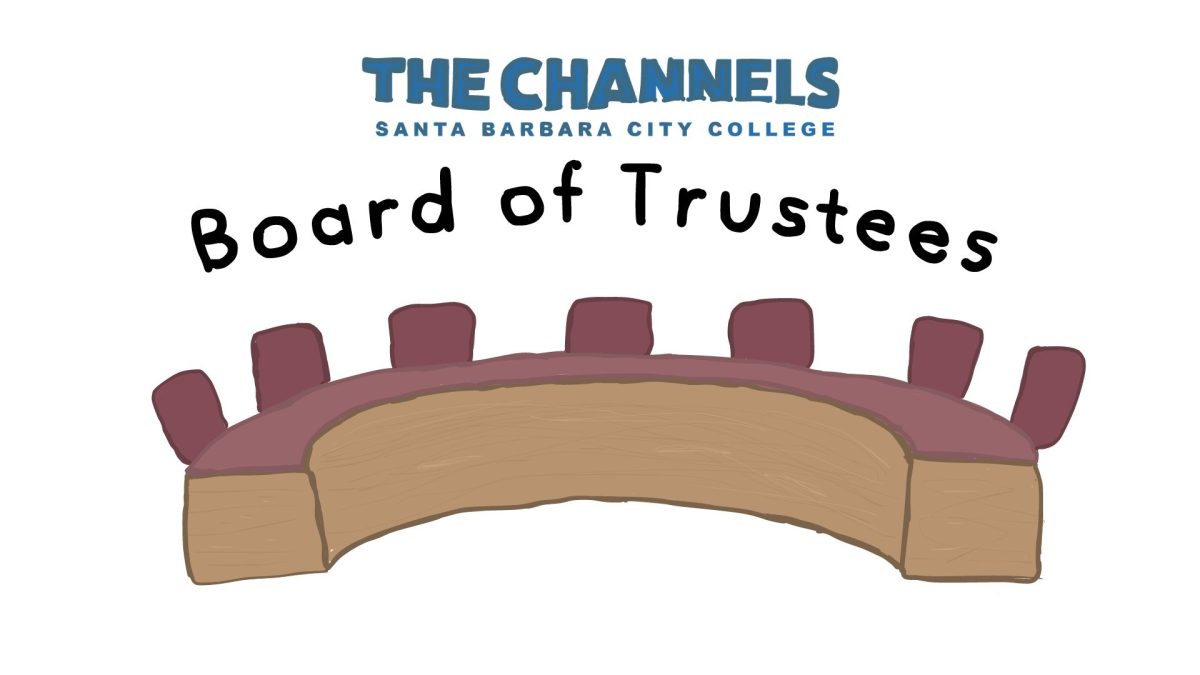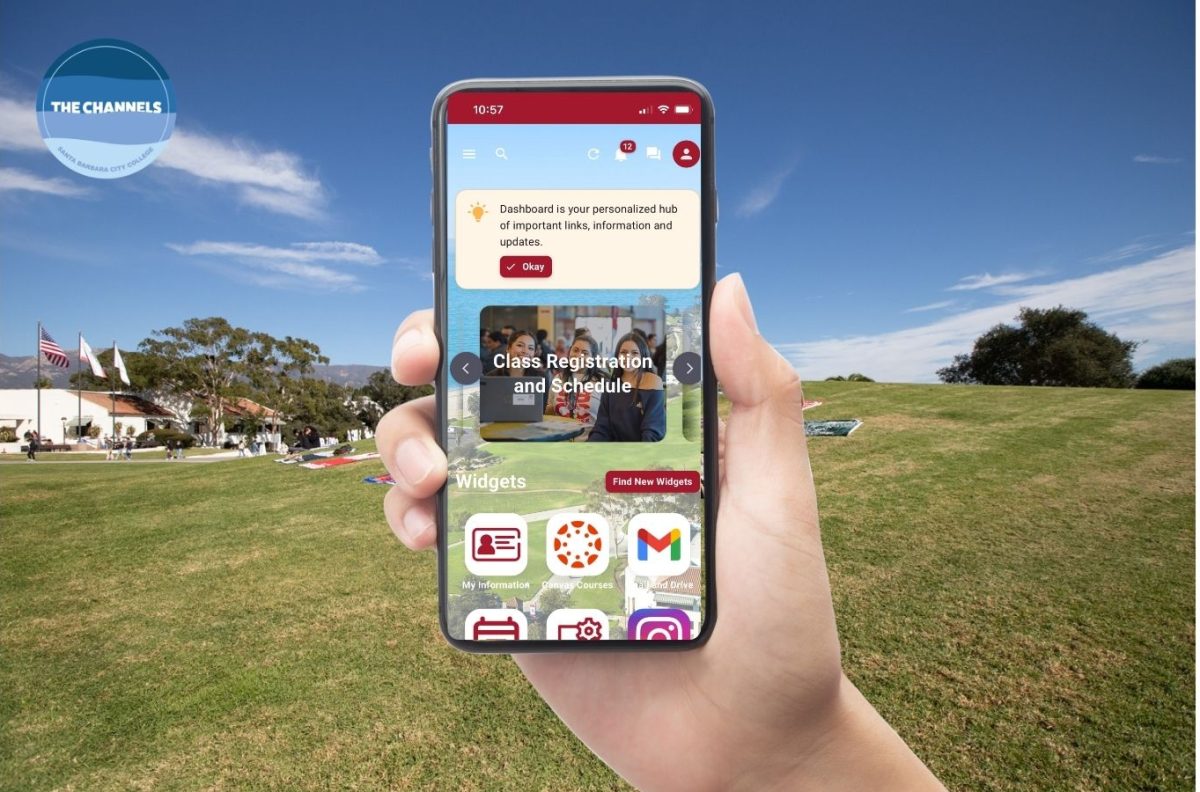In acknowledgement of numerous achievement gaps known to exist for certain disadvantaged groups on campus, the college is utilizing a Student Equity Plan in an effort to close these gaps.
The Student Equity Committee’s update on progress in closing those gaps, however, indicates that the majority of the goals laid out in the plan are not being met with either insignificant or no progress being made.
The seven student groups listed below were targeted due to having the largest success gaps and were specified to City College by the state’s research teams: women in STEM and Career Technologies fields, foster youth, black students, Latinxs (a gender neutral pronoun used to refer to Latinos and Latinas), low income students, asian students and disabled students.
“The groups targeted vary depending on location, some counties may not have the same issues as Santa Barbara,” said Luis Giraldo, director of equity, diversity, and cultural competency.
Access, course completion, ESL and basic skills completion, degree and certificate completion, and transfer are the five indicators being examined within the plan, and were chosen in part because they are easily measurable and data on them is easily accessible.
Each indicator of success specifies the needs of specific groups that need to be addressed to bridge the achievement gap in that area. Goals are then set for quantifying the degree to which the college intends to close the gap, and deadlines for doing so are also stated. This is followed by data on how much the gaps closed and the activities done to contribute to that.
The data shows that black and Latinx students have the largest equity gaps—they are targeted in all areas laid out in the plan except Access.
The Access goal targeted women in STEM and Career Technologies and aimed to improve access by two percent by 2017. They surpassed their goal, improving access by three percent. According to the document, the City College’s Equity Committee conducted outreach through student services, hosted the HerLife Conference, and supported the Math Lab student program advisor to contribute to this rise in access.
Course completion improved by 13 percent for foster youth and six percent for black students, but there was no progress for either Latinx or low income students. Efforts toward this goal were developing and supporting an African-American mentoring program, early intervention program for students studying in the biomedical sciences, hiring supervisors and teaching assistants for various tutoring programs on campus.
ESL and basic skill completion rates improved two percent among Latinx students and one percent among low income students but declined by three percent among black students. Support and growth of the Express to Success Program was the primary method of closing this gap, according to the document.
While gaps in degree and certificate completion improved by two percent among black students and three percent among Latinx students, they dropped by nine percent for foster youth. Foster youth was supported through the Guardian Scholarship Program, and support to all targeted groups was also offered through supporting EOPS and Career Technical Education.
Transfer rates only improved for black students by 10 percent while Asian students saw a three percent drop and rate of transfer for Latinx students remained static. The Equity Committee worked to improve multiple STEM transfer programs to target transfer rates. Transfer rates are the only section where Asian students are directly addressed.
Data on progress toward closing success gaps for disabled students were not available but the Equity Committee is targeting this group’s degree/certificate completion rates through professional development, research, and evaluation of effective practices and services designed to address unique concerns of disabled students.
In addition to the Equity Plan, faculty members are now being offered professional development credit for attending events and trainings. These activities offer the opportunity for the students groups targeted to offer their perspectives and needs. It also allows equity to reach students who are not involved in the equity programs laid out in the five areas so that they don’t leave out people whose needs aren’t specifically being targeted or people whose needs are targeted but aren’t involved in equity programs.
“It is so critical to hear directly from students what their experiences are, what they are looking for from the college and how it can support them,” said Luz Reyes-Martin, executive director of public affairs and communications.


